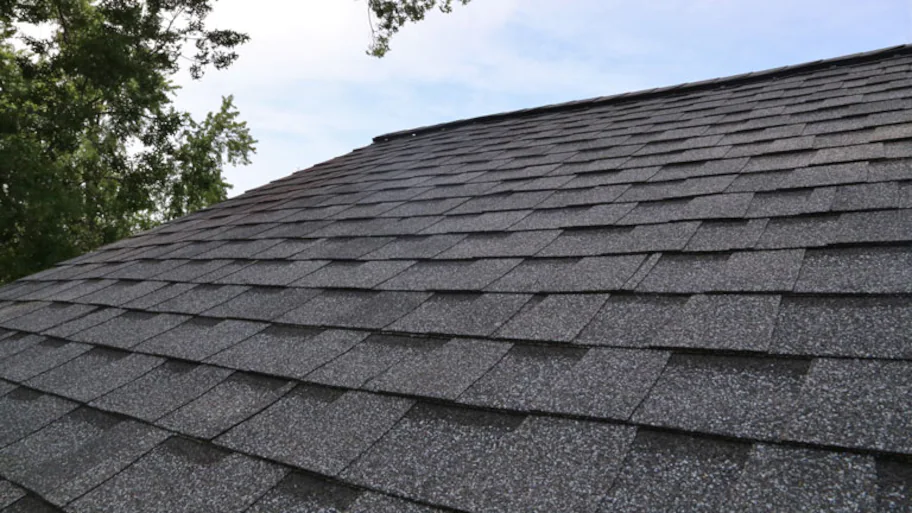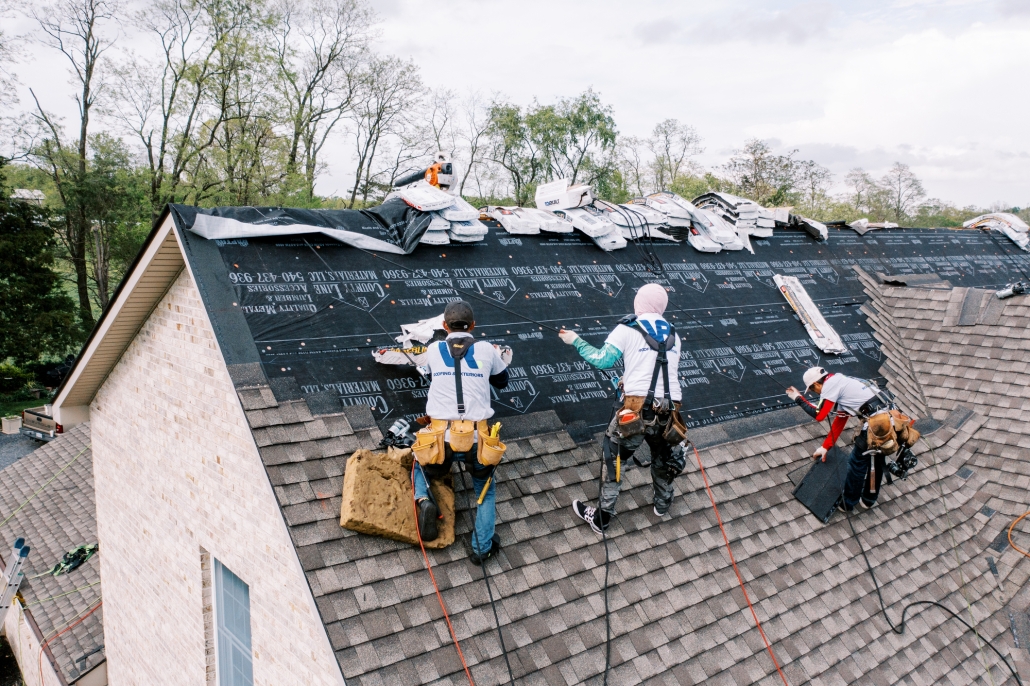Evaluating the Services Provided by Roofing Companies in Gainesville Florida
Evaluating the Services Provided by Roofing Companies in Gainesville Florida
Blog Article
Best Practices for Ensuring Appropriate Roof Covering Air Flow
A balanced intake and exhaust air vent proportion, commonly 1:300, plays a crucial role, with consumption vents preferably put at the lower side of the roof for trendy air entry and exhaust vents at the optimal for cozy air leave. Keeping insulation away from vents is important to prevent air movement restriction.
Understand Air Flow Basics
Appropriately comprehending air flow basics is important for guaranteeing the long life and efficiency of roof systems. Effective air flow mitigates dampness build-up and temperature extremes in the attic, both of which can bring about significant structural damage gradually. A well-ventilated roofing assists in stopping usual problems such as mold growth, timber rot, and ice dams, which can jeopardize the stability of the roof materials and the underlying frameworks.
The primary objective of air flow is to help with the activity of air, permitting for a regular exchange in between the indoor and outdoor environments. This balance is attained with a mix of consumption and exhaust vents that interact to preserve ideal air flow. Consumption vents, normally located along the soffits or eaves, enable fresh air to enter the attic space, while exhaust vents, frequently positioned at or near the roofing system ridge, enable warm, moist air to escape.
Trick aspects influencing the efficiency of roofing air flow include appropriate positioning, ample sizing, and ensuring that both intake and exhaust vents are unblocked. Normal evaluation and maintenance are vital to recognize potential blockages, damages, or inadequacies in the ventilation system, thus guarding the roof's efficiency and toughness.
Kinds of Roofing System Vents
Roofing vents play a critical role in keeping effective attic room air flow and, by extension, the total health of the roof system. Various kinds of roof vents are available, each with special benefits customized to particular roof covering demands.

Soffit vents are mounted under the eaves and operate in tandem with roof vents to make sure a balanced intake and exhaust system. By allowing cooler air to go into from below, soffit vents help with the expulsion of hot air via upper vents. Gable vents, located on the outside walls of the attic, deal an additional effective option, particularly in homes with gable roofings.
Assess Your Current Ventilation

Next, consider the age and problem of your roof products and air flow elements. Older systems may not follow present building regulations or might have weakened over time, lowering their effectiveness. Conduct an extensive examination to determine any indicators of wear and tear, such as corrosion, damage, or spaces that could jeopardize the system's performance.
Furthermore, measure the attic temperature level and humidity degrees. High temperature levels and moisture can indicate insufficient ventilation - gainesville roofing companies. Make use of a hygrometer and thermometer to obtain exact readings, comparing them with outdoor conditions. Relentless inconsistencies recommend potential problems that require addressing.
Installation Best Practices
Reliable installation of roof ventilation systems is paramount for guaranteeing ideal efficiency and longevity. Appropriate setup starts with comprehending the certain air flow needs of the building and the roofing system it covers. This entails calculating the correct ratio of intake to tire vents, typically adhering to the 1:300 regulation, which states one square foot of ventilation for each 300 square feet of attic flooring area.

Consumption vents should be mounted at the roof covering's lower side, often in the soffits, to allow great air to get in. Exhaust vents, on the other hand, need to be set up near or at the roof covering's peak to facilitate the departure of cozy, wet air.
Seal all air vent connections diligently to prevent air leakages and prospective water seepage. Usage high-grade products and adhere to maker guidelines to guarantee toughness and efficiency. Furthermore, incorporating ridge vents with baffles can substantially enhance air flow effectiveness by protecting against wind-driven rain and snow from going into the attic room.
Inevitably, accurate installation of roofing air flow systems mitigates possible problems such as mold growth, ice dams, and structural damages, making certain the roof covering's honesty and the structure's total wellness.
Normal Maintenance Tips
Uniformity in maintenance practices is fundamental to making sure the long-lasting efficiency of roof ventilation systems. During these inspections, make certain that vents are totally free of debris, nests, and other blockages that could restrain air movement.
Cleaning the vents is one more important job. Make use of a soft brush or a vacuum to get rid of dust and debris from consumption and exhaust vents. Be careful not to harm the air vent displays or louvers throughout the process. Furthermore, evaluate the attic room area for any signs of water damages, which could special info jeopardize the stability their explanation of the roofing system.
Correct insulation is equally crucial. Guarantee that attic room insulation does not obstruct the vents, as this can badly limit air movement. Rearrange or replace it to maintain an efficient obstacle. if any insulation has moved or resolved.
Finally, change any kind of harmed or missing elements without delay. Broken vents, cracked tiles, or worn-out blinking can all add to poor ventilation and must be resolved right away. Routine upkeep makes certain that the roof covering air flow system operates efficiently, therefore extending the lifespan of the roofing system itself.
Conclusion
Guaranteeing proper roof covering air flow is vital for keeping the effectiveness and longevity of a roof system. Adherence to the 1:300 consumption and exhaust vent proportion, combined with the calculated placement of vents, is essential. Normal biannual examinations, particles cleansing, and ensuring insulation does not obstruct air movement are important practices. Applying these finest methods will certainly cultivate a well-ventilated roof, thus mitigating potential problems connected to moisture build-up and excessive warm, ultimately lengthening the roofing system's life-span.
A balanced consumption and exhaust air vent ratio, generally 1:300, plays a critical duty, with intake vents preferably placed at the lower side of the roofing system for cool air entrance and exhaust vents at the height for warm air exit. Intake vents, commonly situated along the soffits or eaves, enable fresh air to go into the attic room area, while exhaust vents, often situated at or near the roofing system ridge, make it possible for hot, humid air to leave.
Soffit vents are set up under the eaves and job in tandem with roofing system vents to ensure a balanced intake and exhaust system. By enabling cooler air to enter from home below, soffit vents promote the expulsion of warm air through top vents. Adherence to the 1:300 intake and exhaust air vent proportion, paired with the tactical positioning of vents, is essential.
Report this page